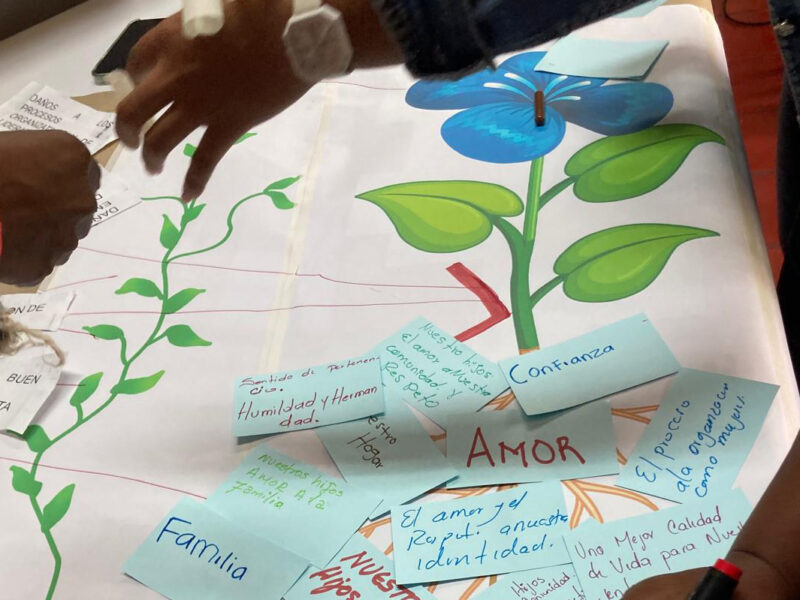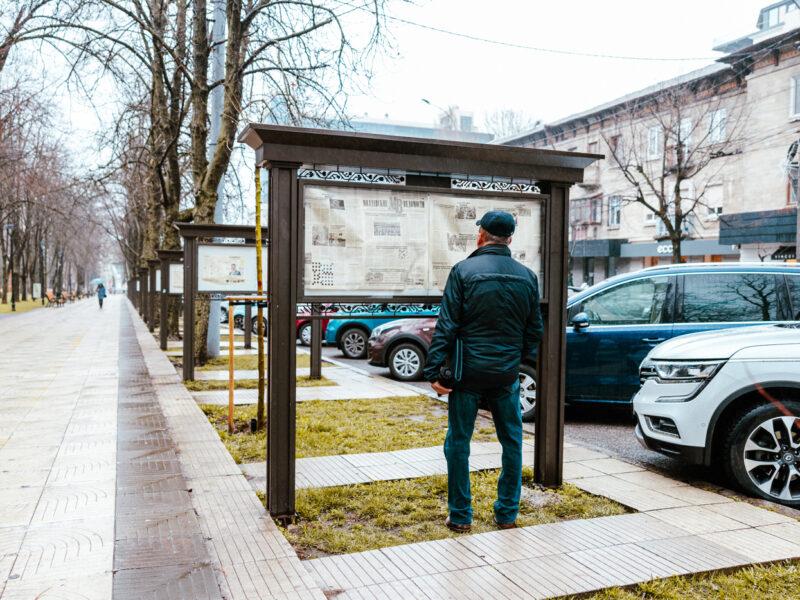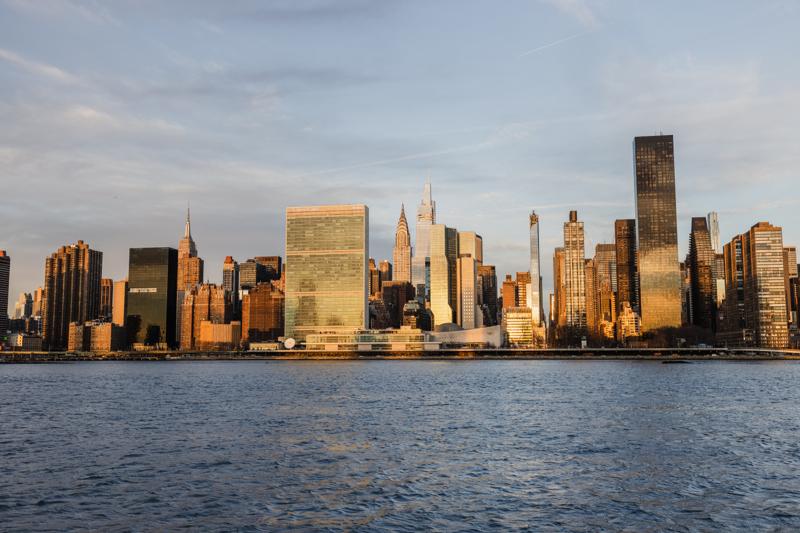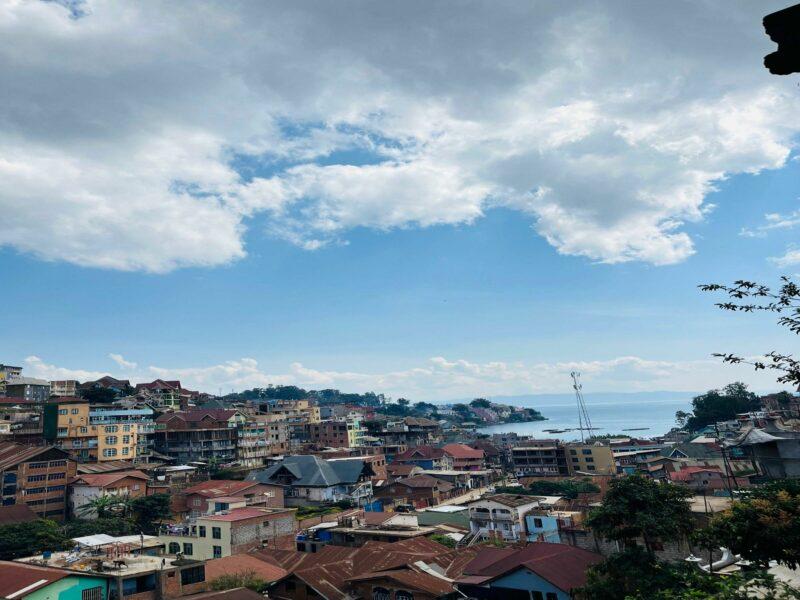Is the law central to the Rule of Law?
Curled up in the corner of the sofa, a cup of steaming tea on the armrest, computer on the lap and the news on low volume on the TV, I’m making an attempt to write a (personal) blog post about the annual course in Rule of Law some two weeks after the participants have gone back to their respective duty stations. To do this, I flip through my note book and look back at my tweets during that week. An obvious theme, or question, pops up: is the law central to the rule of law?
Each year for about ten years, the FBA has organised a two-week specialised course in rule of law, together with ZIF. This year, the course changed character and was delivered as a one-week course; “Rule of Law Toolbox for Crisis Management and Peace Operations: Concepts, practices and trends”.
After extensive studies of previous course evaluations, it was decided to streamline the course, shorten it and to address only high level practitioners with at least a couple of years’ experience from the field. A new outline was designed and with the rule of law as a red thread, the participants were guided through five central themes; Conflict and Intervention, Rule of Law, Public Administrations and Local Governance, Police Operations: Policing and Security, Going Beyond Legal Institutional Reform, and Challenges of Transitional Justice.
According to the course evaluations, a surprise to many of the participants was the complexity of legal pluralism, and the importance of taking non-state or informal justice systems into account when working with the rule of law in a post-conflict country. We also conclude that one of the most appreciated themes was the FBA trademark Public Administration and Local Governance. Many participants left the course having realised that in addition to work with the government and the judiciary, it is equally important to improve the legality, accountability and transparency at the agency level.
The level of discussions held a very high standard, and no statement by the different facilitators of the course was left without being scrutinised. Maybe what stirred up the most discussions was the aforementioned question whether the law is central to the rule of law. A go-between facilitator/participant, Professor Martin Krygier, was placed in the group to trigger discussions and to tease facilitators and participants alike.
During the first recap session, Martin suggested that the law is, in fact, not necessarily central to the rule of law. For some of the participants, this put a question mark to their whole career. For others, it provided a rule of law relationship to their work as, for example, human rights experts.
The second most debated question arose in a latter session on legal institutional reform; on whose behalf are we acting as rule of law interventionists, and on what mandate? A consensus was not reached on whether we’re acting on behalf of the population or the international community, but in the end, at least the participants agreed that even if the law is not central to rule of law interventions, it is indeed central to the Rule of Law.
av Sara Isman








